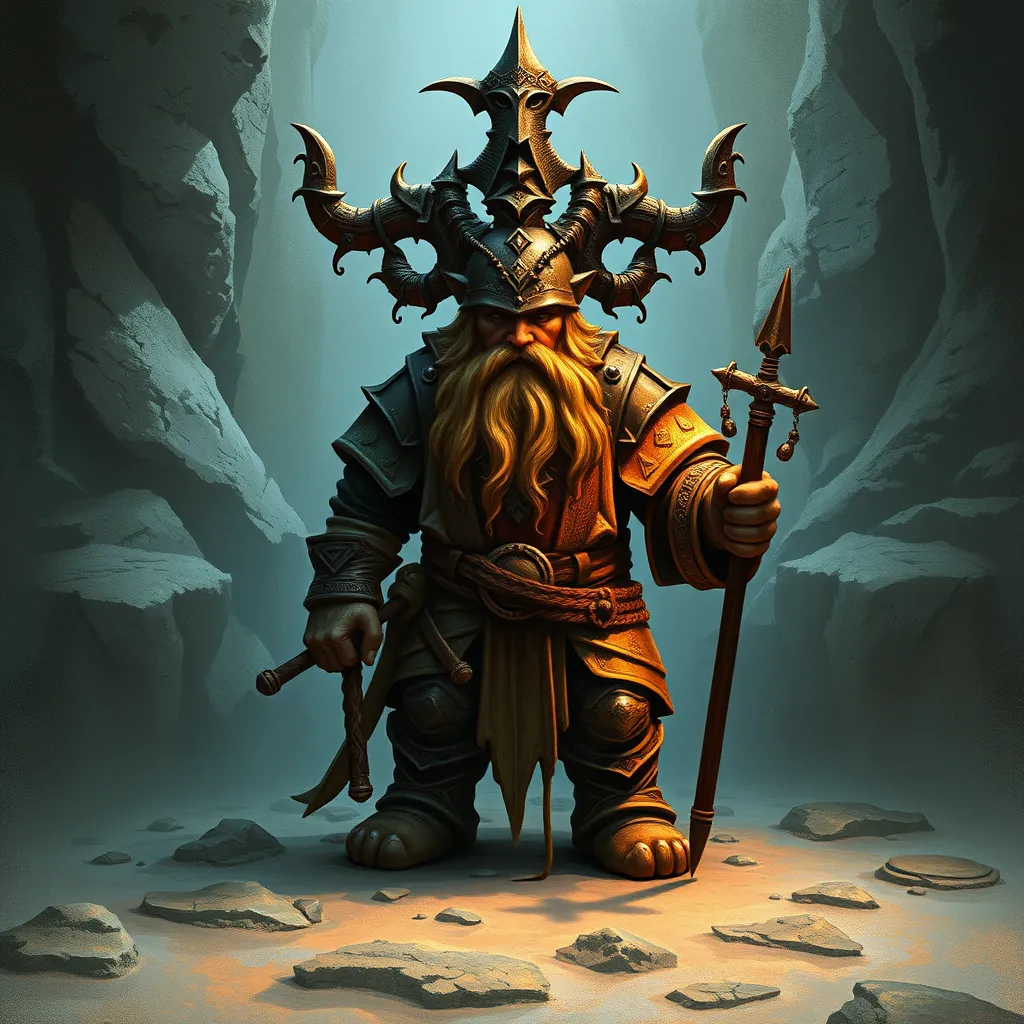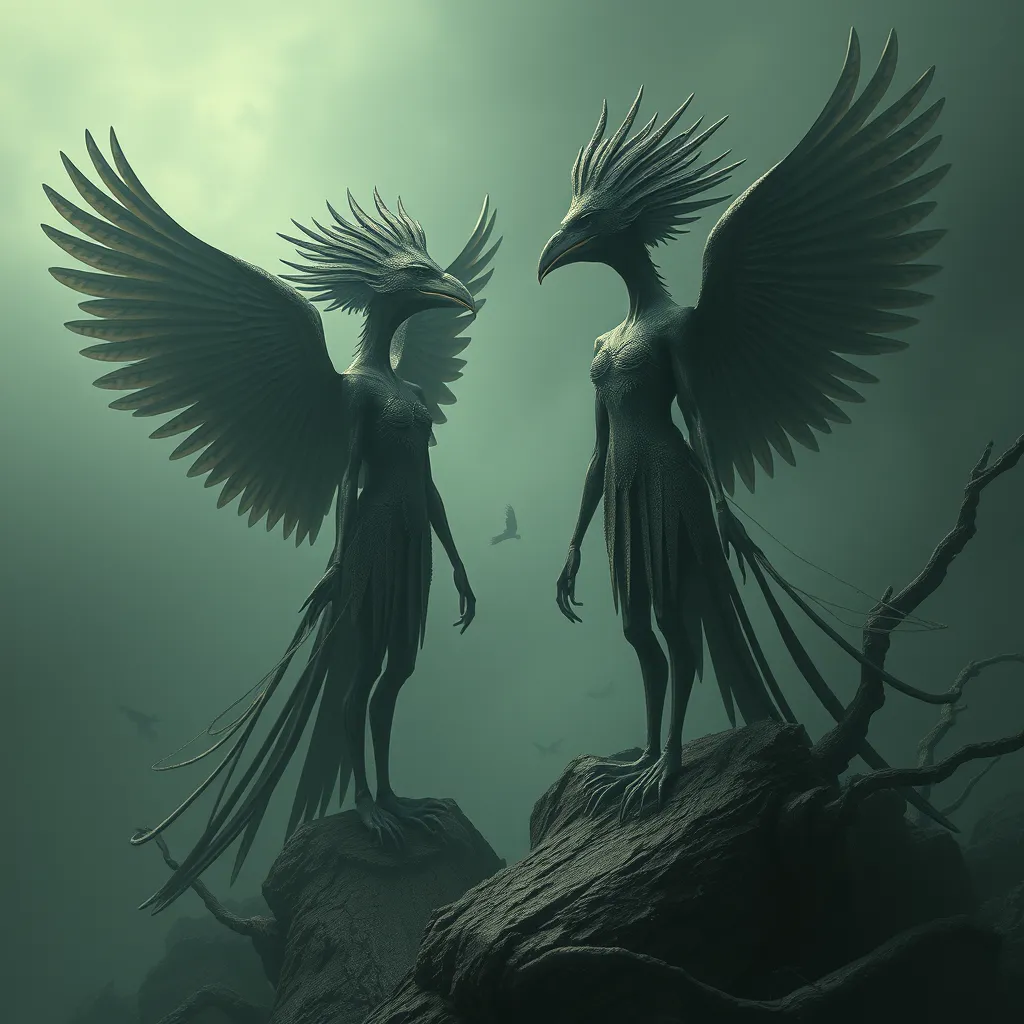The Simurgh’s Prophecy of the Future: A Tale of Destiny and Foresight
I. Introduction to the Simurgh
The Simurgh is a legendary creature in Persian mythology, often depicted as a majestic bird with the features of a peacock, lion, and dog. Its significance extends beyond mere physical attributes; the Simurgh embodies wisdom, benevolence, and the interconnectedness of all life. It serves as a guardian and guide, reflecting the values and beliefs of the ancient Persian culture.
This mystical creature plays a crucial role in various tales, especially in the narratives surrounding prophecy and destiny. The Simurgh’s ability to foresee the future highlights themes of fate and free will, inviting deep reflection on the nature of existence and human choices.
II. The Legend of the Simurgh
The origins of the Simurgh myth trace back thousands of years, with roots in Zoroastrianism and Persian folklore. The earliest mentions can be found in texts like the Shahnameh, an epic poem by the Persian poet Ferdowsi, which chronicles the history of Iran and its heroes.
Key characteristics of the Simurgh include:
- Immense size and beauty
- Ability to fly across vast distances
- Symbol of fertility and renewal
- Provider of wisdom and guidance
The narrative structure of the Simurgh’s legend often involves its interactions with human characters, offering them insight and direction during times of crisis. This interplay between the divine and mortal realms emphasizes the significance of foresight and destiny.
III. The Concept of Prophecy in Persian Culture
Prophecy held a prominent place in ancient Persian society, often seen as a divine communication that could guide the actions of individuals and nations. The concept of prophecy was not only a religious belief but also a practical tool in governance and decision-making.
When compared to other cultures, Persian interpretations of prophecy often emphasized:
- The moral and ethical implications of foreseen events
- The necessity of interpreting prophecies carefully
- The involvement of seers and oracles as intermediaries between the divine and human realms
Seers like the Magi played a significant role in Persian traditions, utilizing their abilities to predict future events and advise rulers, thus intertwining the fate of the state with divine will.
IV. The Simurgh’s Prophecy: An Overview
The Simurgh’s prophecy often emerges during pivotal moments in the narrative, when characters face dire circumstances that call for guidance. The conditions leading up to the prophecy typically involve turmoil, conflict, or despair, setting the stage for the Simurgh’s intervention.
Key elements and messages of the prophecy include:
- A warning of impending challenges
- Guidance on the path to resolution
- A reminder of the interconnectedness of all beings
The impact of the prophecy on the characters involved is profound. It can inspire courage, provoke introspection, or even lead to tragic outcomes, depending on how the characters choose to respond to the foresight provided by the Simurgh.
V. Themes of Destiny and Free Will
One of the central themes of the Simurgh’s tale is the exploration of destiny versus free will. Characters often grapple with the knowledge of their fates, raising questions about the extent to which their choices shape their futures.
Responses to the prophecy vary among characters:
- Some accept their fate with grace, using the Simurgh’s wisdom to navigate challenges.
- Others resist or attempt to alter their destinies, leading to conflicts and complications.
This dynamic interplay invites philosophical discussions about predestination, agency, and the nature of choice in a world where the future is foretold.
VI. Symbolism and Imagery in the Tale
The Simurgh is rich in symbolism, representing not only wisdom and knowledge but also the cyclical nature of life. Its feathers are said to hold the essence of the cosmos, linking the earthly realm with the divine.
The use of nature and the cosmos in the storytelling is prevalent, with imagery that evokes:
- The vastness of the skies
- The intricacies of life
- The balance between creation and destruction
Additionally, the interplay of light and darkness serves to convey deeper themes. Light often symbolizes enlightenment and hope, while darkness represents ignorance and despair, reflecting the duality of existence.
VII. Modern Interpretations and Adaptations
The legacy of the Simurgh’s prophecy continues to influence contemporary literature and art. Modern storytellers reinterpret the themes of the tale, adapting its messages for today’s audiences.
Some notable influences include:
- Books and poetry that draw upon the Simurgh’s wisdom
- Artworks that depict the Simurgh in various cultural contexts
- Film and theater that explore the narrative’s themes of destiny and choice
The relevance of the Simurgh’s prophecy in today’s world remains significant, as it speaks to the universal human experience of seeking guidance and understanding in an uncertain future.
VIII. Conclusion: The Legacy of the Simurgh’s Prophecy
Reflecting on the enduring significance of the Simurgh’s tale reveals lessons about the complexities of fate and foresight. The insights offered by the Simurgh encourage a deeper understanding of our own destinies and the choices we make.
Ultimately, the impact of mythology, particularly the tales of the Simurgh, shapes our understanding of fate, urging us to consider the interplay between destiny and free will. As we navigate our lives, the wisdom of the Simurgh reminds us that while we may not control our destinies, our responses to the challenges we face can illuminate our paths forward.



